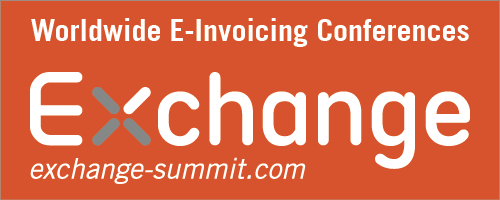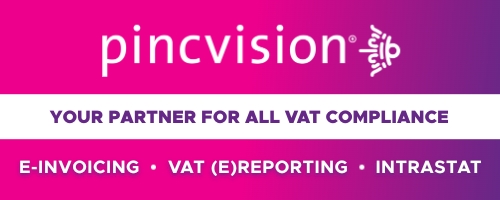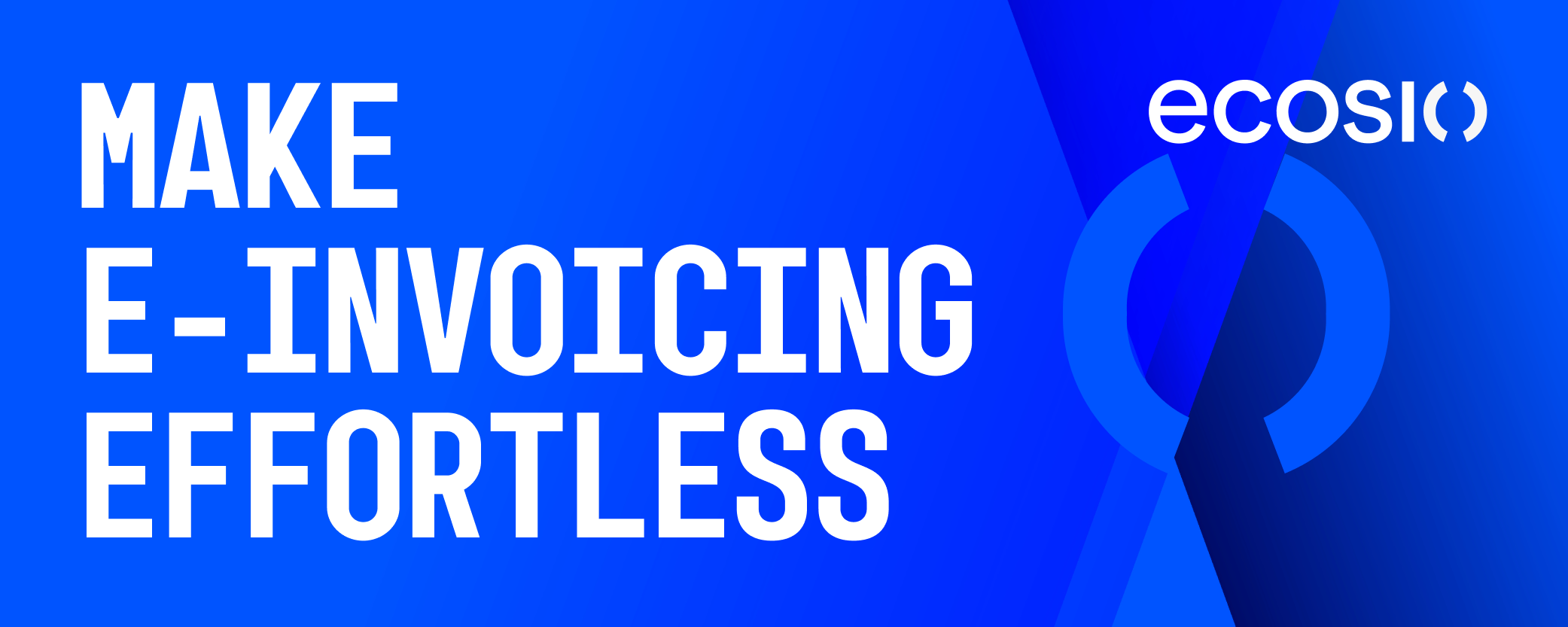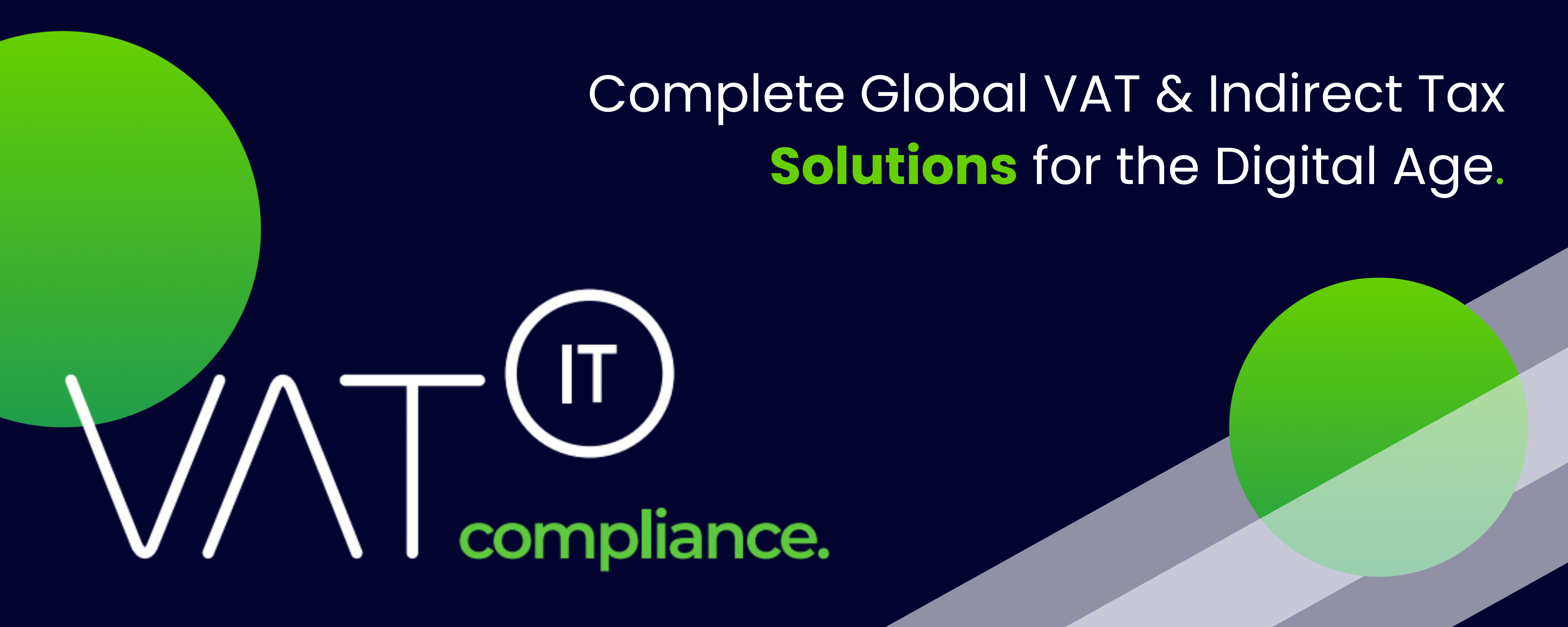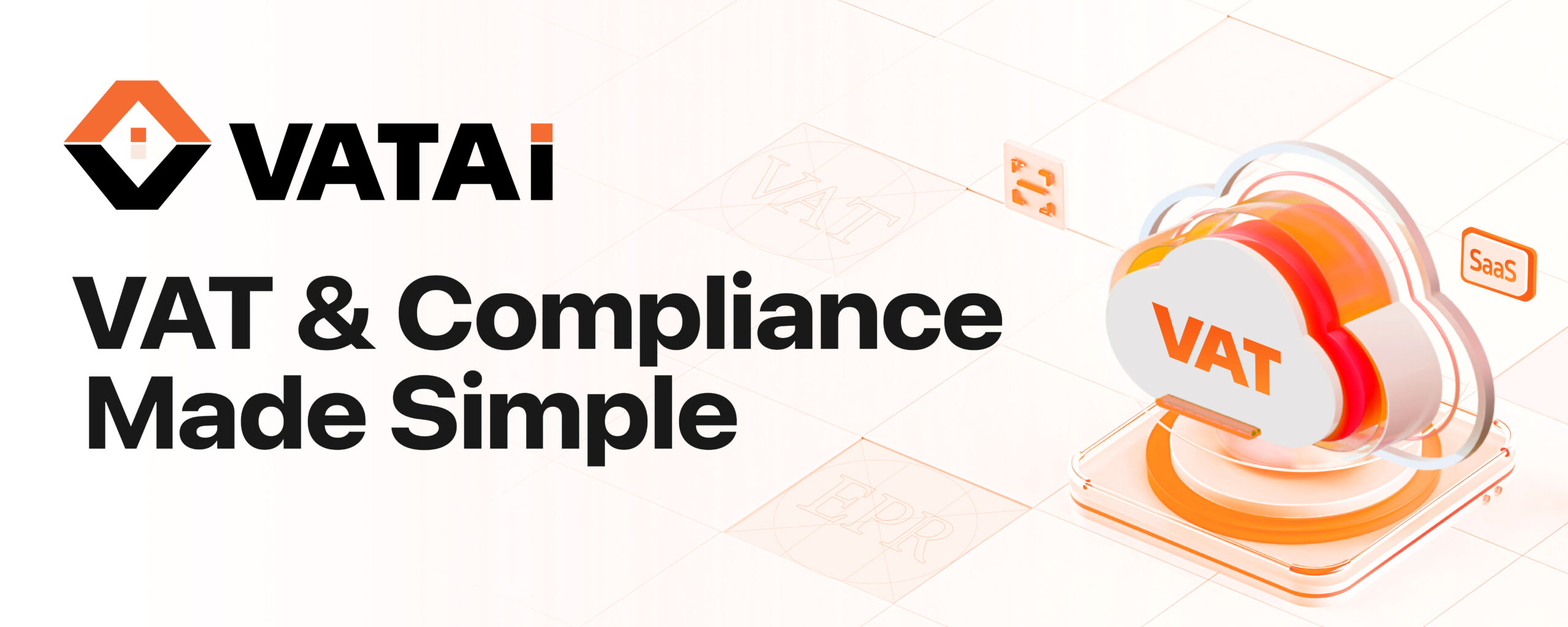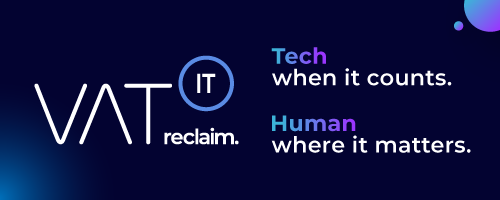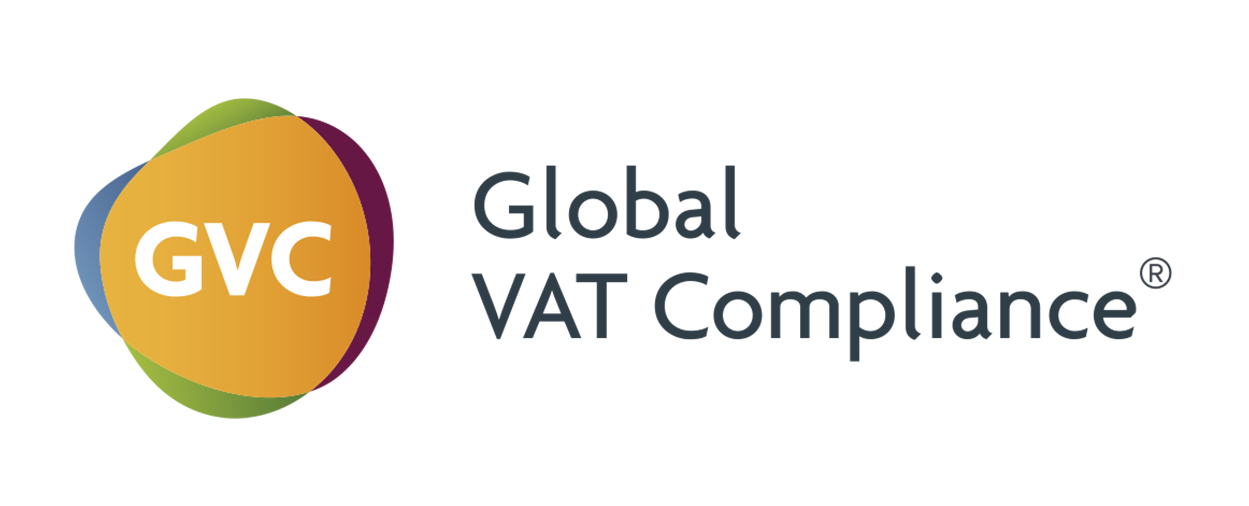This document/podcast provides a detailed overview of the key themes, ideas, and facts related to the planned implementation of B2B e-invoicing in the United Arab Emirates (UAE), as described in the resources provided.
1. Introduction and general overview
The United Arab Emirates (UAE) is on the verge of implementing a significant digital transformation project in the field of tax compliance with the introduction of a mandatory electronic invoicing system, officially known as the “E-Billing System” (EDICOM, RTC, Questions & Answers). This development is an important step towards digital tax transformation and is designed to improve tax compliance, transparency, and efficiency (RTC). The implementation is based on a “PEPPOL-based 5-Corner Model” (RTC) and a decentralized system of continuous transaction control and exchange (DCTCE).
The expected start date for the first phase, which includes B2B (business-to-business) and B2G (business-to-government) transactions, is July 1, 2026 (Questions & Answers, Timeline), although some sources still consider this to be “provisional” (EDICOM) or “to be confirmed” (EDICOM). B2C (business-to-consumer) transactions are excluded in this first phase (RTC, Questions & Answers).
2. The Peppol 5-Corner Model and DCTCE
The UAE has opted for a “decentralized Continuous Transaction Control or CTC model based on Peppol” (EDICOM), also known as the “Peppol 5-corner model” (EDICOM, RTC, Study Guide). This model includes the following five “cornerstones”:
- Supplier (Issuer): The company that provides the goods or services and issues the invoice.
- Copper (Receiver): The company that purchases the goods or services and receives the invoice.
- Accredited Service Provider of the Supplier (Peppol Access Point): An accredited company that validates the supplier’s electronic invoice data, transforms it to the standardized UAE XML format (AE PINT) (if necessary) and sends it via the Peppol network.
- Accredited Service Provider of the Buyer (Peppol Access Point): An accredited company that receives the e-invoice through the Peppol network and delivers it to the buyer in an agreed format.
- Central Government Platform (FTA): The Federal Tax Administration (FTA), which acts as a central platform for the receipt of the tax-related data of the e-invoices (Tax Data Document – TDD) and sends a notification of successful receipt, but does not perform validation of the invoice content (EDICOM, RTC, Study Guide, Questions & Answers).
The role of the accredited service providers is crucial; they are “responsible for validating, exchanging, and reporting invoice data to the tax authority” (EDICOM, Pagero). Only service providers who “obtain this accreditation will be authorized to offer electronic invoicing services in the country” (EDICOM).
3. Implementation timeline and key milestones
The implementation of the e-invoicing system follows a phased approach:
- 2006: Publication of Federal Law No. 1 of 2006, which already laid the foundation for electronic transactions and invoicing. This law introduced regulations regarding electronic accounting, storage, and validation processes, with the aim of “laying the legal foundation for mandatory electronic processes and promoting the development of the necessary technological infrastructure“.
- October 2024: Publication of legislative changes to support e-invoicing, including amendments to the laws on tax procedures and VAT, and the introduction of relevant definitions. Article 55 of the amended legislation states that taxpayers must keep tax invoices that comply with the Electronic Invoicing System as a condition for the deduction of input tax. Articles 65 and 70 specify that taxpayers covered by the e-invoicing requirements must issue invoices and credit notes in accordance with the system standards. Article 76 introduces penalties for not issuing tax invoices and credit notes on time.
- Q4 2024 (completed): Development of requirements and certification procedures for service providers.
- Early 2025: Launch of a dedicated landing page for the e-invoicing obligation.
- 6 & 7 February 2025: Launch of a public consultation by the Ministry of Finance on the e-invoicing program and the proposed AE PINT Data Dictionary. The aim of this consultation was to gather feedback from stakeholders to ensure “transparency and alignment with industry needs“. The documentation confirmed the use of the Peppol network and the Peppol (PINT AE) format.
- 14th March 2025: Publication of the accreditation requirements for service providers by the Ministry of Finance. These requirements are “comprehensive” and include:
- Successful completion of pre-approval tests and certifications.
- Operate as a Peppol certified service provider.
- Demonstrate a minimum of two years of operational experience as a service provider.
- Meet insurance requirements in the UAE.
- Have ISO certifications (ISO/IEC 27001 and ISO 22301).
- Q2 2025 (planned): Publication of the final e-invoice legislation and technical documentation.
- 1 July 2026 (confirmed as target date): Phase 1 Go-live of B2B and B2G e-invoicing.
4. Scope and who must comply?
The e-invoicing system applies to “all businesses operating in the country“, including:
- VAT-registered businesses that carry out B2B and B2G transactions.
- Non-VAT registered businesses that carry out taxable activities within the UAE.
- Foreign companies with taxable transactions in the UAE.
- Free Zone businesses involved in taxable transactions.
As mentioned earlier, B2C transactions are currently excluded from this first phase.
5. The AE PINT Data Dictionary
An essential part of the e-invoicing system is the “AE PINT Data Dictionary“, which defines the “mandatory and optional data elements for invoices“. This structured format ensures “consistency, accuracy, and compliance” of invoice data, which enables “seamless integration and efficient processing”. Key components of PINT AE include:
- Invoice identification: Unique invoice number and date of issue.
- Supplier and Buyer Details: Includes tax identification numbers and business registration details.
- Transaction Classification: Identification of reverse charge, margin arrangements and exports.
- VAT calculation fields: Defined tax rates, exemptions, and taxable amounts.
- Structured XML format: Ensures invoices are machine-readable and compatible with the FTA system.
The PINT AE framework ensures that “all invoices exchanged follow a standardized format“, which reduces the risk of errors and simplifies tax audits. The system identifies 16 different billing scenarios, each with specific compliance requirements.
6. Benefits Envisaged by the UAE Government
The UAE government aims to achieve several benefits from the implementation of e-invoicing:
- Simplification, standardization and automation of the invoicing process.
- Near real-time exchange of invoices.
- Facilitation of seamless tax reporting to the Federal Tax Administration (FTA).
- Improved tax compliance through near real-time reporting and increased transparency.
- Increased efficiency and reduction of costs through automation and fewer manual actions.
- Standardized and simplified processes for both domestic and cross-border invoice exchange through the adoption of AE PINT and the Peppol network.
- Unification of the procedure for the creation of electronic invoices and promotion of the development of technological infrastructures .
- Facilitation of the exchange of documents with government entities and business partners in a standardized and authenticated manner.
7. Role of Accredited Service Providers
Accredited service providers, which also act as Peppol Access Points, play a crucial role in the new e-invoicing system. They are responsible for :
- Validation of the seller’s electronic invoice data.
- Transformation of the data to the standardized UAE XML format (AE PINT), if necessary.
- Secure exchange of the e-invoice with the buyer’s service provider via the Peppol network.
- Reporting of the tax data of the e-invoice (Tax Data Document – TDD) to the central government platform (FTA).
- Receive and forward Message Level Status (MLS) messages within the Peppol network.
Selecting an accredited service provider capable of handling invoice validation, structured data exchange, and tax reporting is essential for companies to comply with the new regulations and ensure seamless automation of their billing processes.
8. Conclusion
The implementation of B2B e-invoicing in the UAE in 2026 is a significant development that ushers in a new digital era for tax compliance. The Peppol-based 5-corner model, supported by the AE PINT Data Dictionary and accredited service providers, is designed to improve the efficiency, transparency and accuracy of billing processes and strengthen tax compliance. Businesses in the UAE should prepare for these changes by following the implementation timeline, understanding the requirements of the AE PINT Data Dictionary, and working with accredited service providers to ensure a successful transition to the new e-invoicing system. The focus on B2B and B2G transactions in the first phase allows companies to focus on these crucial areas of their business operations.
- See also
- Join the Linkedin Group on Global E-Invoicing/E-Reporting/SAF-T Developments, click HERE




